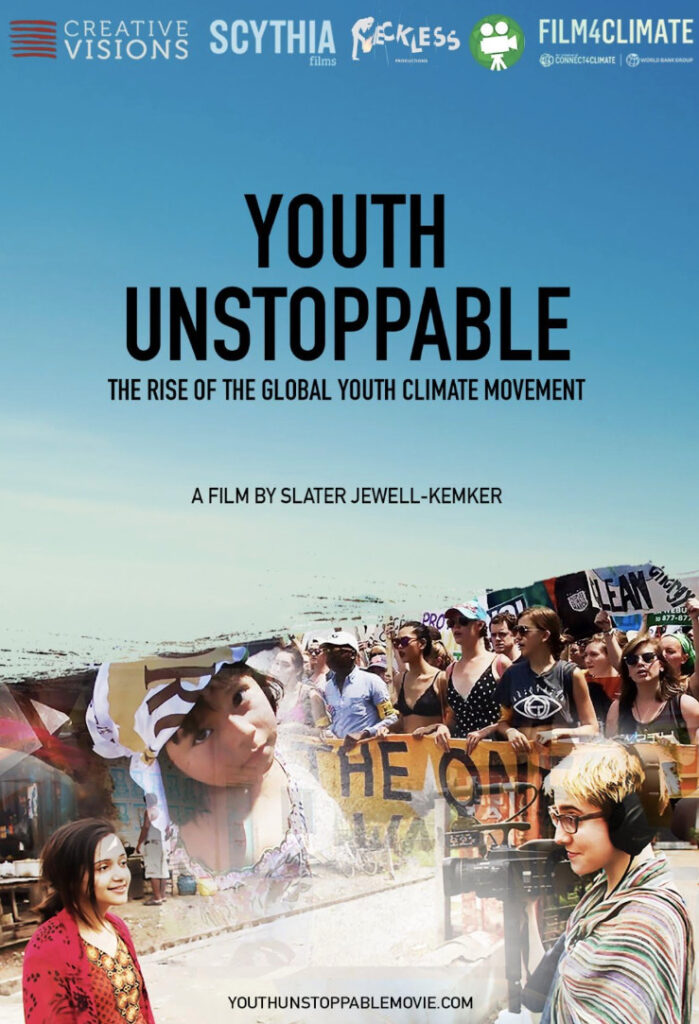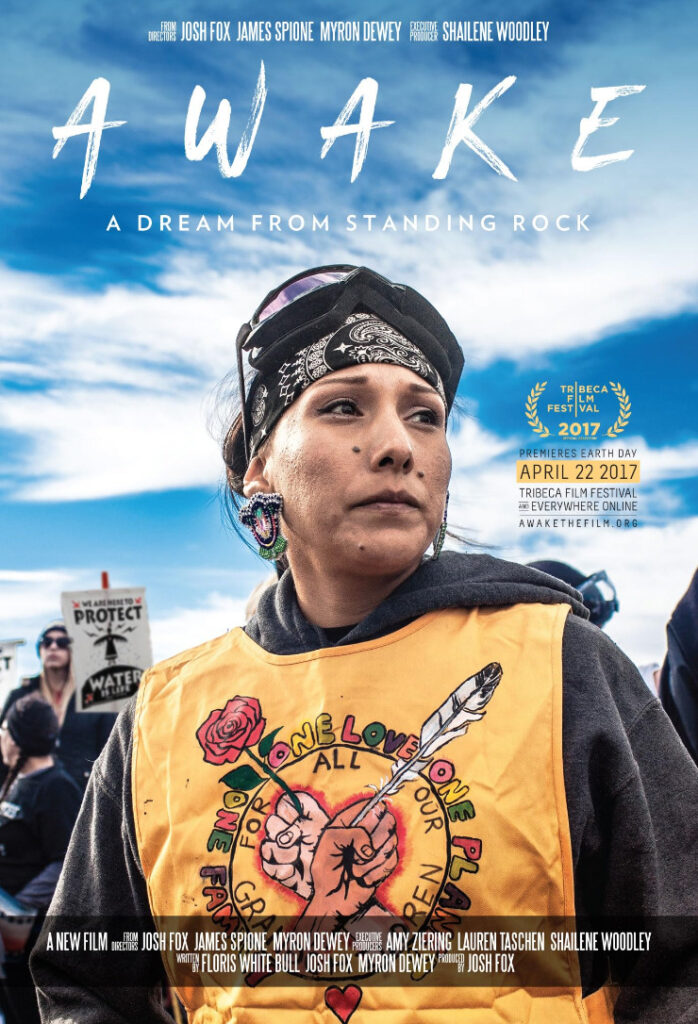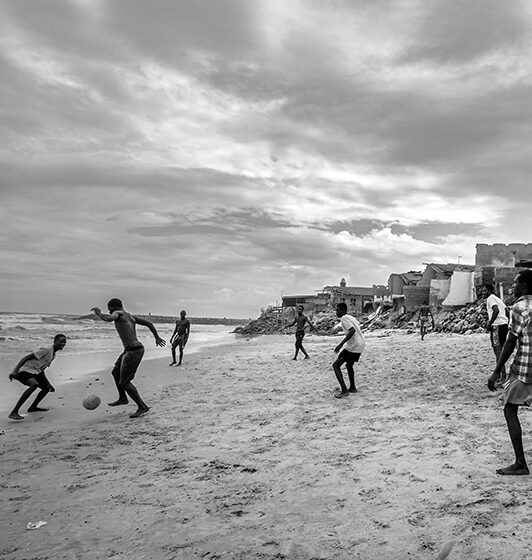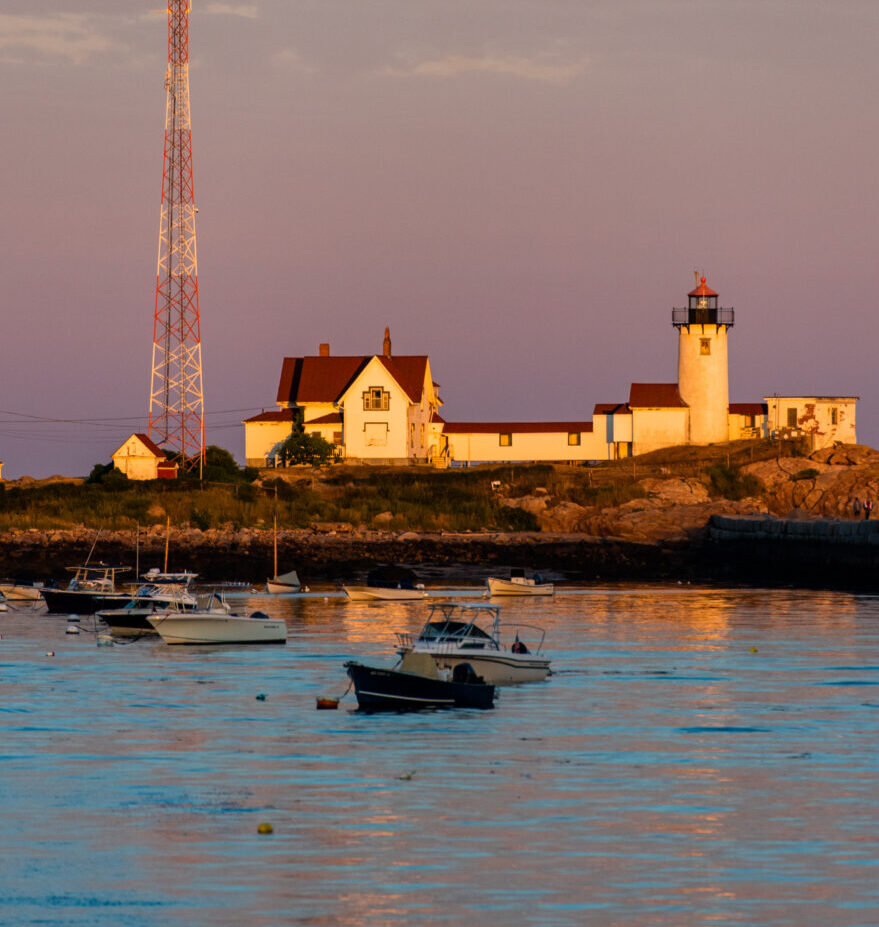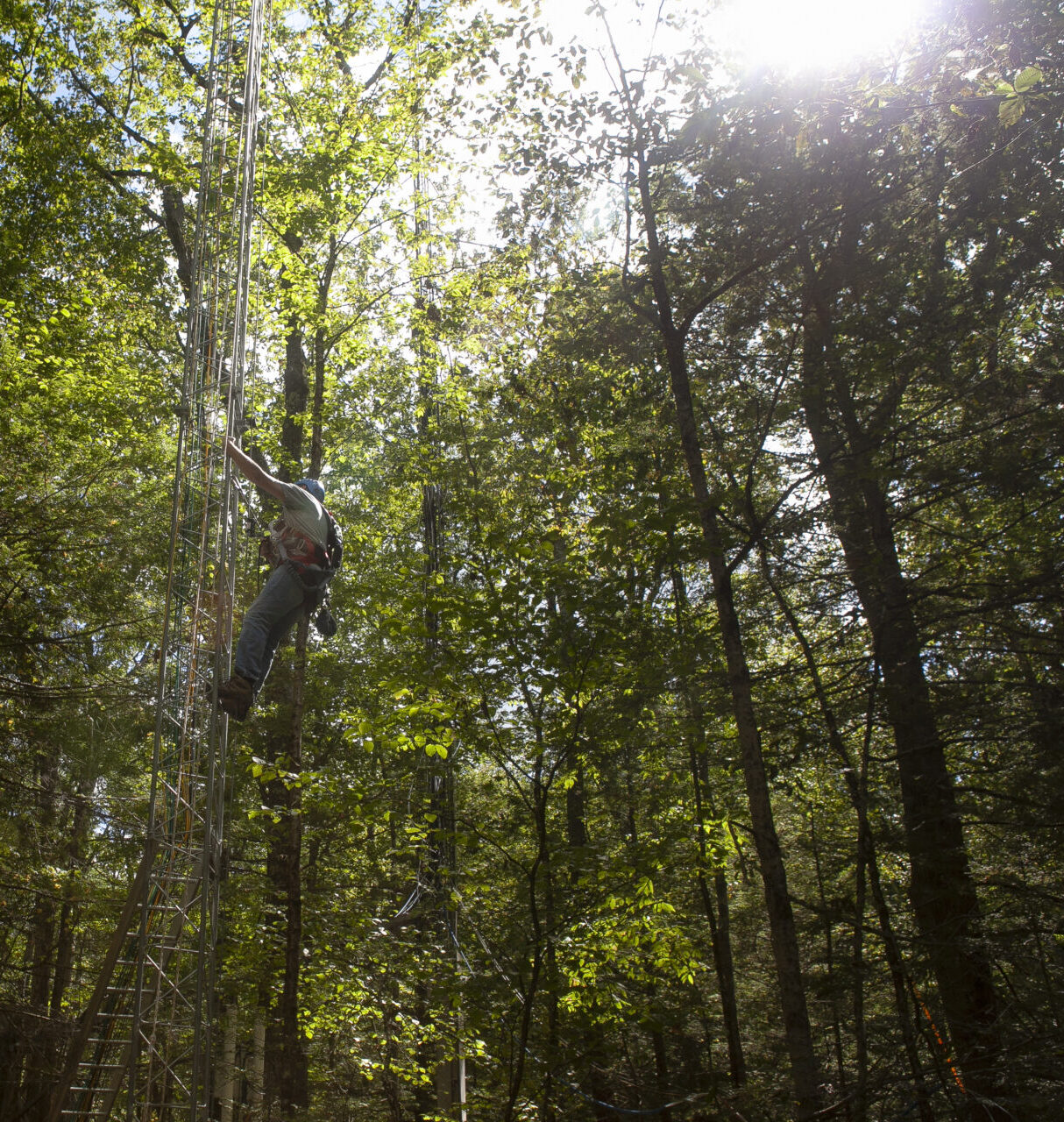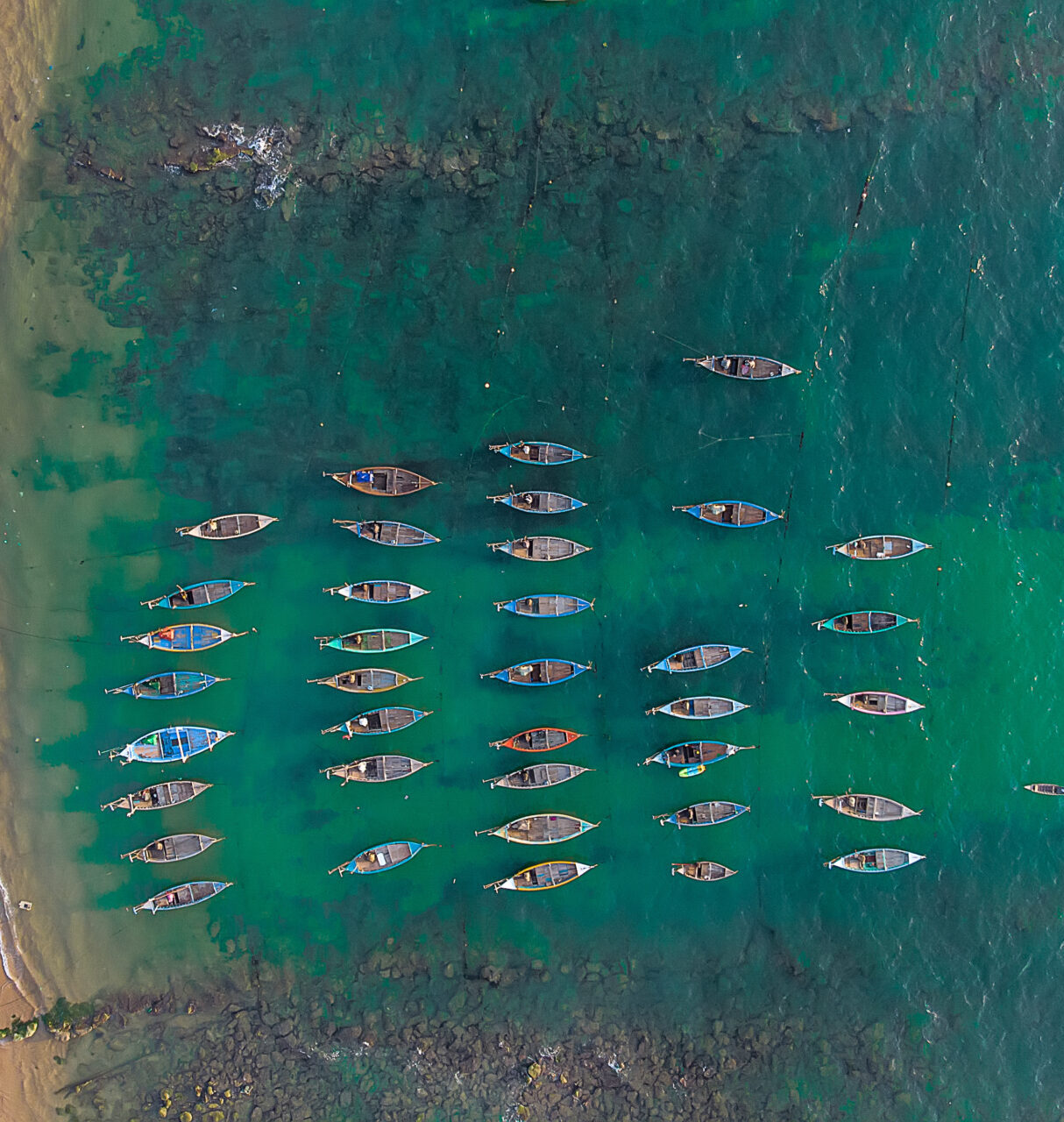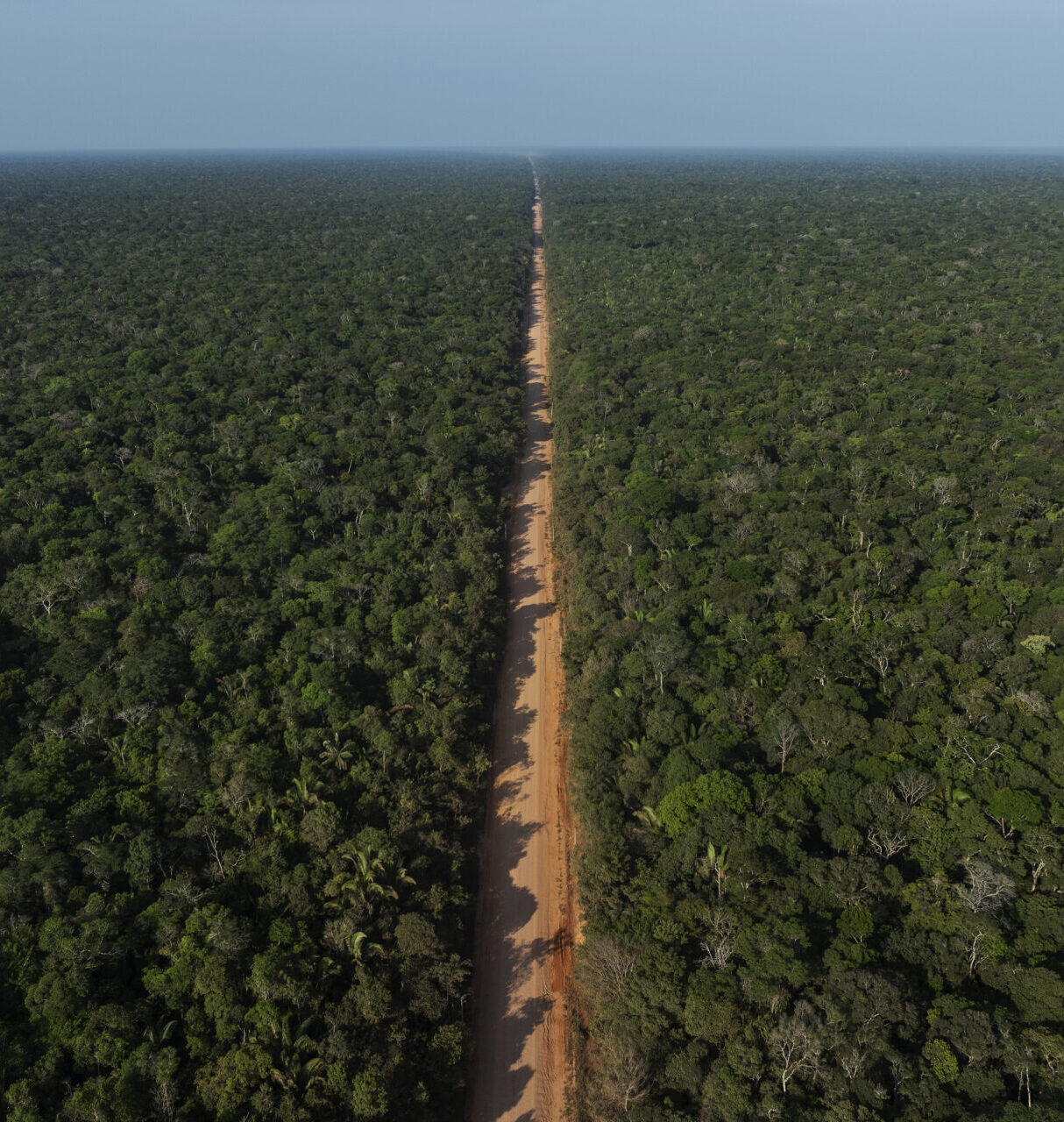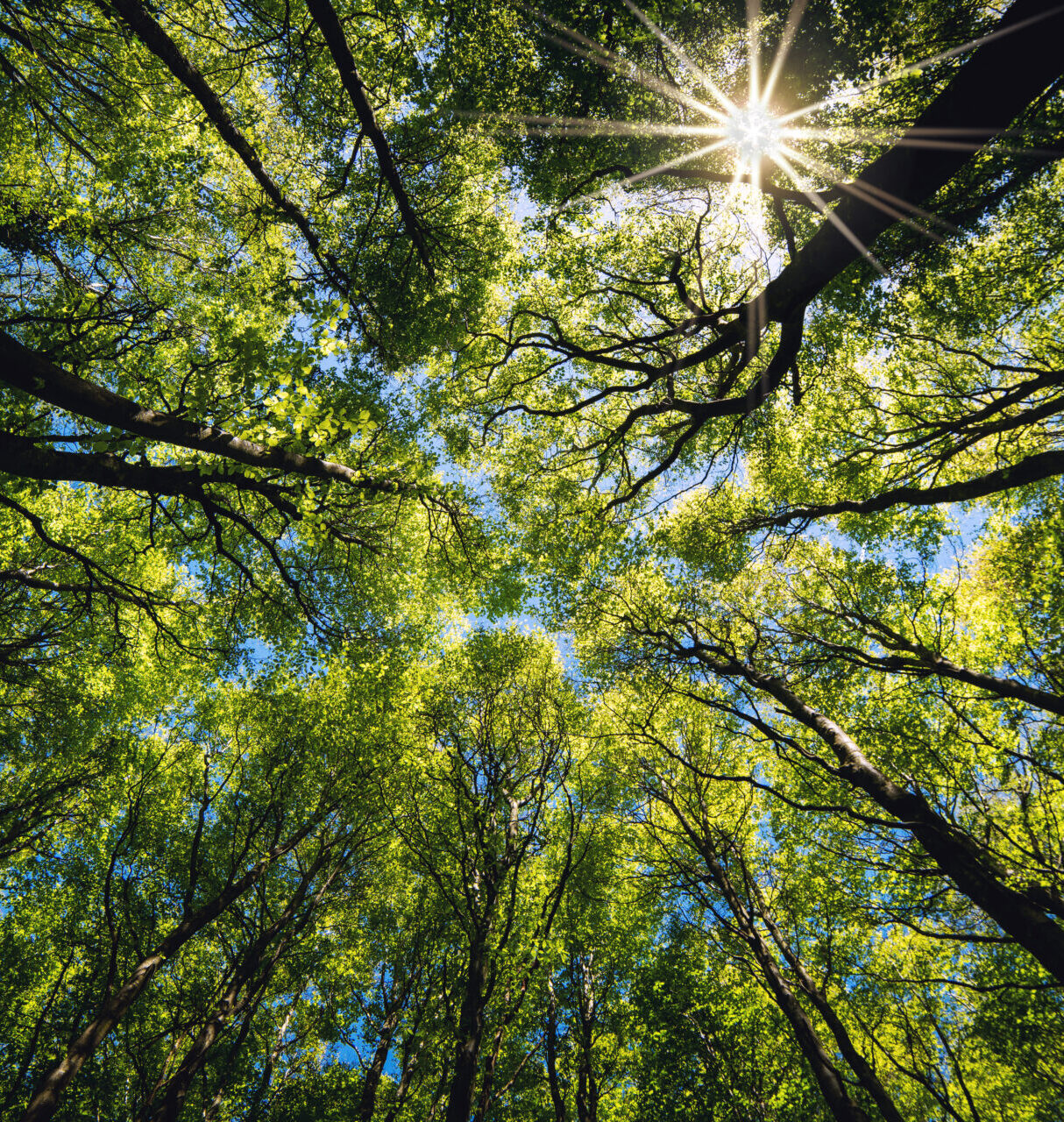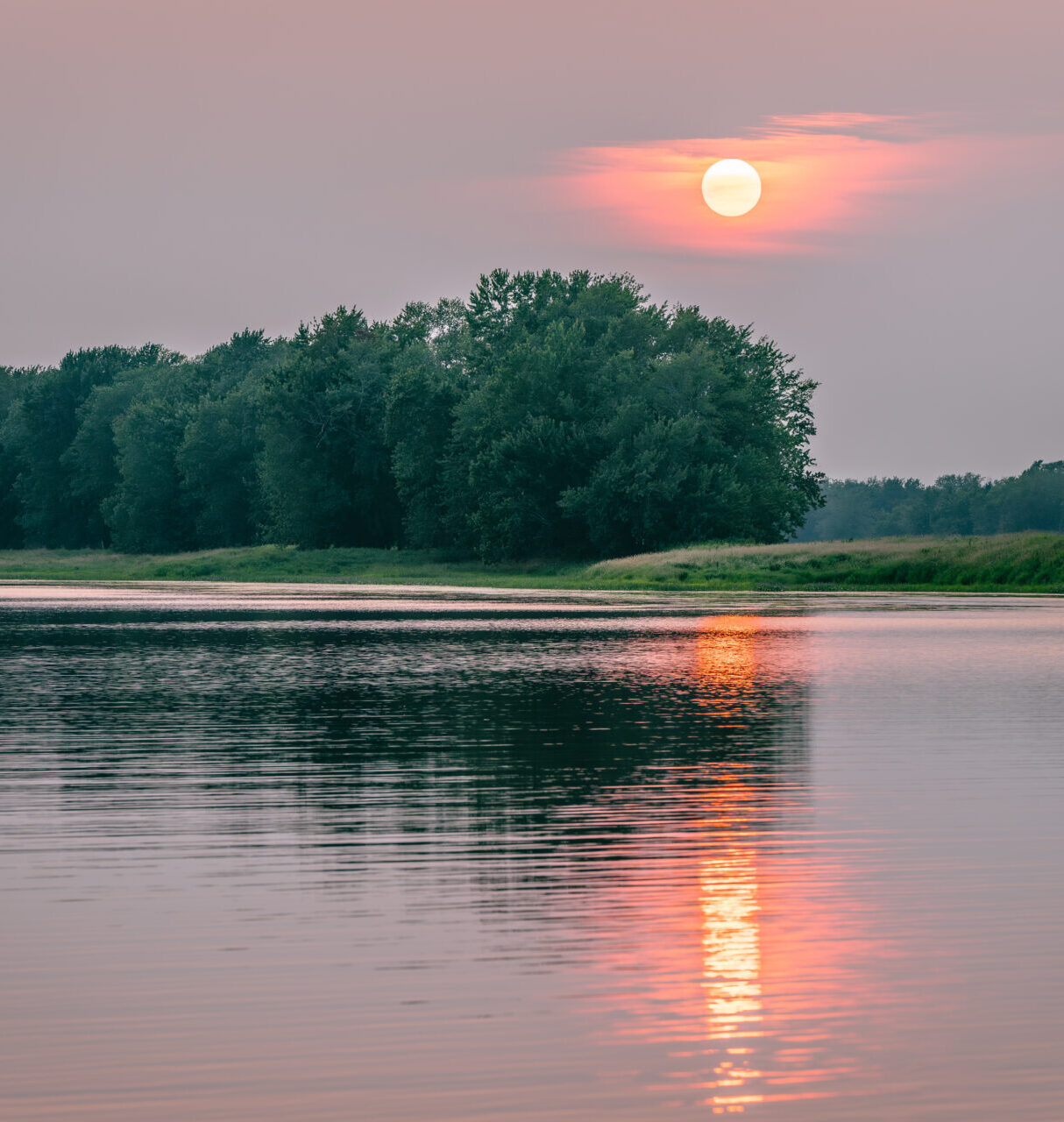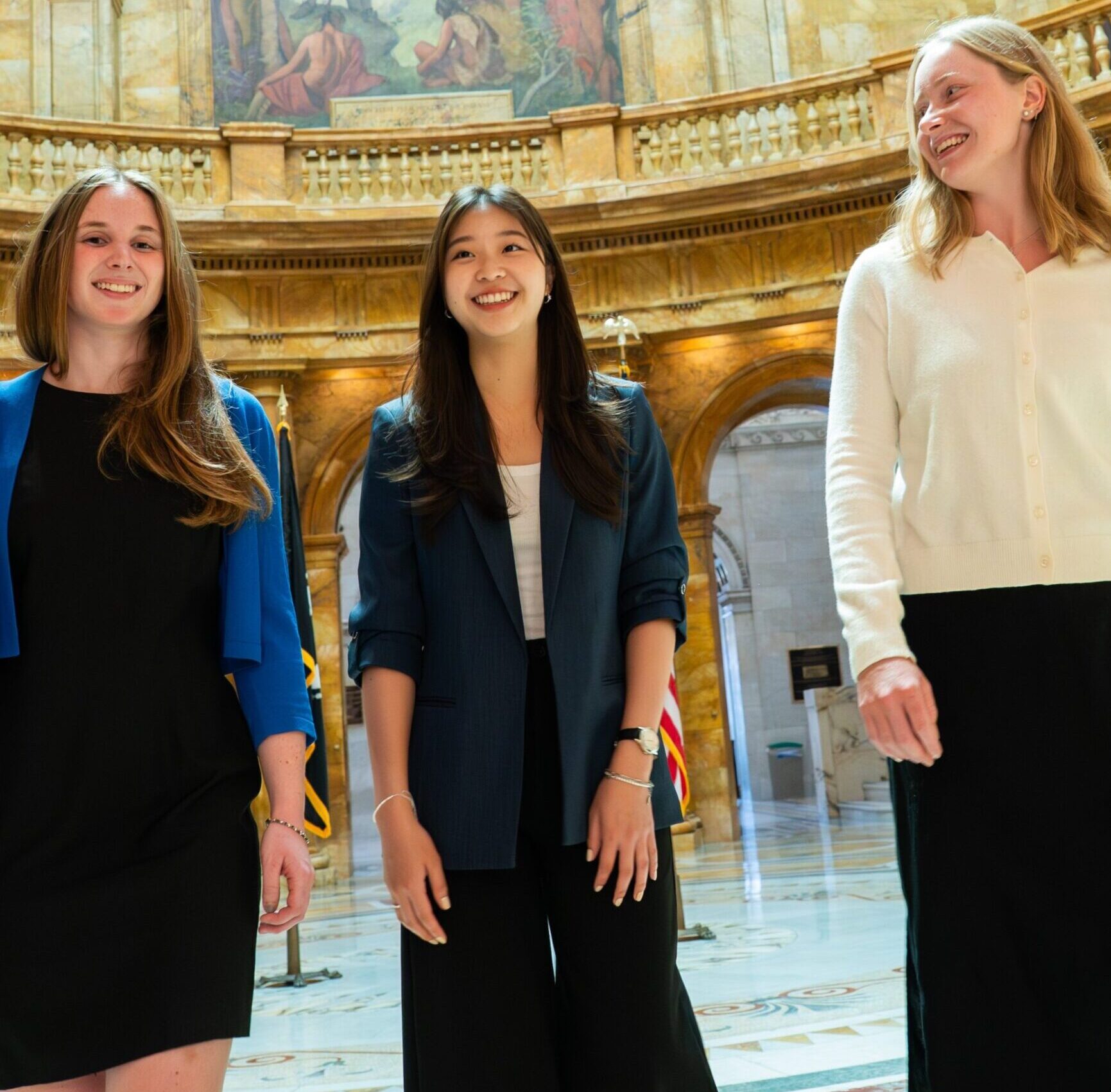Climate Justice: Aminta Ossom’s Reading List
Aminta Ossom is a Lecturer on Law and Clinical Instructor in the International Human Rights Clinic at Harvard Law School, where she supervises projects focused on human rights and the global economy. Ossom supervised research for When the Water Runs Dry: Human Rights, Climate Change, and Deepening Water Inequality in Delhi, India and teaches about climate change and human rights law in the Harvard Law School reading group Contemporary Challenges in International Human Rights. Ossom also co-authored a piece forthcoming in the Harvard Human Rights Journal that highlights equity arguments in the first climate change cases before the European Court of Human Rights. Judgments for those cases are expected in April.
Read, watch, or listen to the recommendations, annotated by Ossom, below:
Why is climate change a justice issue?
Everyone does not suffer equal harms from climate change, and everyone has not contributed equally to the climate crisis. The communities suffering the most have often contributed the least to the problem. This fundamental truth inspired two books, Climate Justice: An Introduction and What Climate Justice Means and Why We Should Care, which discuss the ‘injustice’ of climate change. The authors in both books employ philosophical reasoning to reach positions about responsibility for climate change and its impacts. They address such questions as: Who should bear the costs of climate change? What is owed? Who has a duty to act and how? And what would equitable participation in decision-making around climate policy look like, locally and internationally?
The authors introduce some of the challenges that have made pursuing climate justice particularly difficult. For example, many actors together cause climate change, which creates a collective action problem. Actions in one place produce harms in another place, and the actions and the harms are separated by time. All these factors can obscure accountability.
Another climate justice issue that I would add to this mix relates to the individuals at the forefront of advocacy to protect our land, nature, and threatened ways of life. In the human rights field, we refer to these advocates as “environmental human rights defenders.” The United Nations and other organizations regularly highlight just how dangerous climate change advocacy—and other types of environmental activism—can be. Many of those promoting climate justice face severe threats to their lives, families, and wellbeing to carry out that work.


What does climate injustice look like?
Two pieces of media that demonstrate how climate change fuels inequality are“The Human Limit” series by the Washington Post and a film called Cooked: Survival by Zipcode by Judith Helfand.
Cooked is a documentary retelling of the 1995 heat wave in Chicago, which took a devastating toll on Black and Brown communities in the city. The movie illustrates how unequal social conditions and poor physical infrastructure interacted with extreme heat, causing fatal consequences for groups historically subject to discrimination and underinvestment.
The Human Limit is a series of Washington Post articles that describe the inequities of climate change around the world in personal, place-specific stories. The pieces employ photography, storytelling, and graphics to zoom in on regions of the world that face greater health risks because of climate change. A good complement to the series is Vanessa Nakate’s book, A Bigger Picture, which was recommended by Professor Sarah Dimick in her reading list. While the Human Limit series largely focuses on South Asia, A Bigger Picture spotlights communities on the frontlines of climate change in Africa as well.
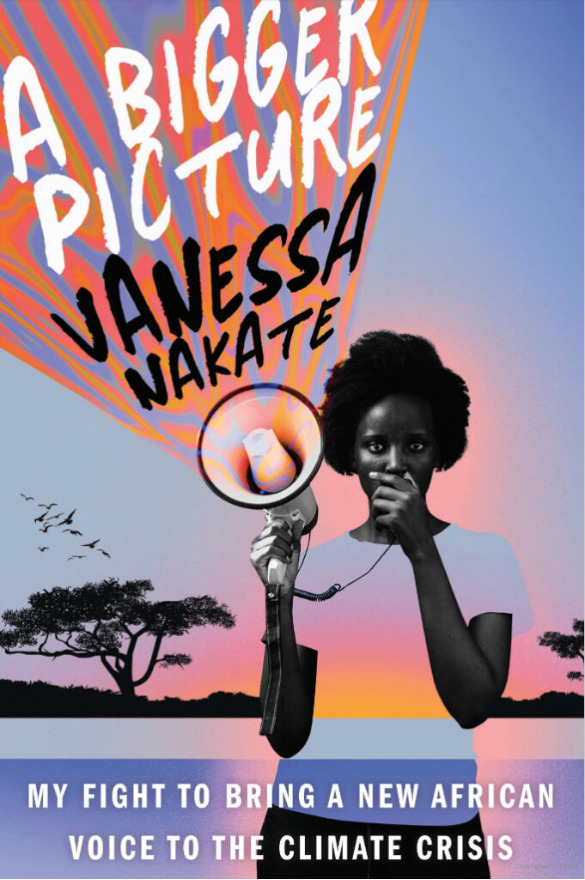
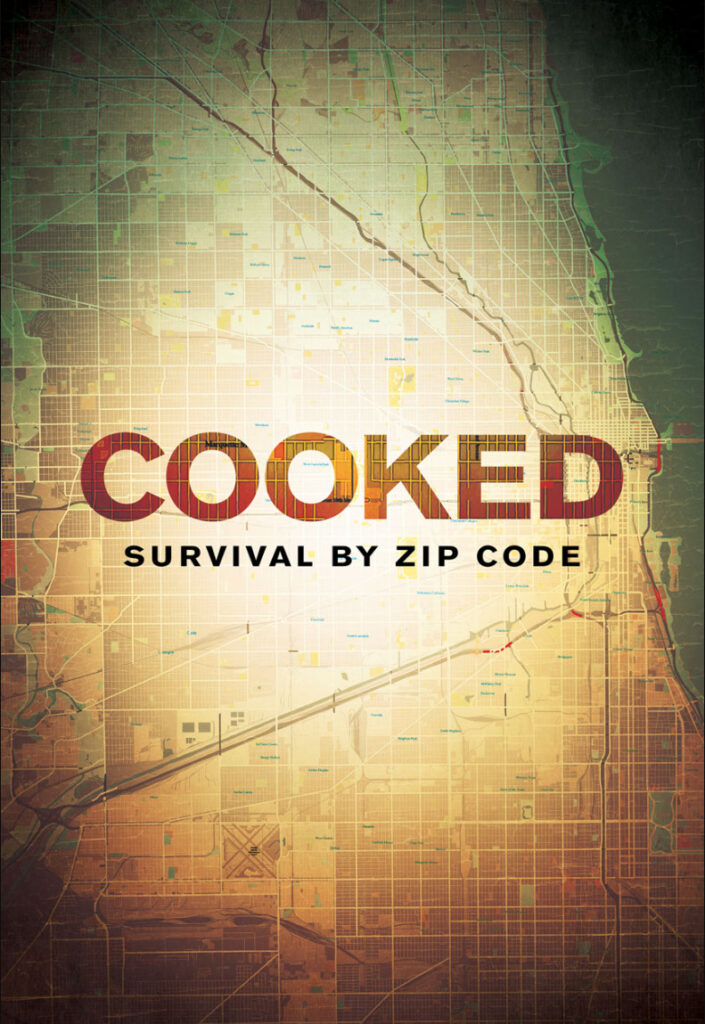
How do people advocate for climate justice (Pt. I)?
Nationally and internationally, individuals have been advocating for governments and corporations to take responsibility for the climate crisis. Climate justice advocates have also sought to compel changes in government policies in order to better protect communities from climate change harms. Much of that advocacy involves legal arguments.
Youth v. Gov provides a window into what court-based climate justice advocacy looks like. The documentary follows the young plaintiffs behind Juliana v. United States, a legal case, as they pursue a lawsuit against the U.S. government. In the case, the plaintiffs argue that the United States’ fossil fuel-friendly policies have threatened their constitutional rights, including rights to life, liberty, and property. The film depicts the huge investment of time, resources, and energy that litigation of this sort requires. It explains some legal obstacles that regularly feature in climate change cases, such as challenges to standing, or the right of the plaintiffs to bring a lawsuit. The film also highlights the role that court-based advocacy can play to catalyze public engagement, meaningful conversations, and activism outside the court. Other cases brought by young people in places like Bogotá, Colombia, Geneva, Switzerland, Helena, Montana and elsewhere likely have similar dynamics.
In the Mothers of Invention podcast, former Irish President Mary Robinson and comedian Maeve Higgins interview lawyers and other advocates involved in climate justice advocacy around the world. Robinson (literally!) ‘wrote the book’ on climate justice, which Professor James Engell recommended in his reading list. Robinson has also brought wider attention to climate justice as a global spokesperson for the issue, including through decades of advocacy within and outside the United Nations. The podcast series, which broadcast last in 2020, particularly focuses on women and their allies pursuing climate justice globally.

How do people advocate for climate justice (Pt. II)?
Dialogues about justice don’t just take place in court. Awake: A Dream of Standing Rock and Youth Unstoppable both spotlight the role of organizing, art, and protest in climate justice movements.
Awake is an unfiltered view into demonstrations against the Dakota Access Pipeline. The documentary focuses on protests that took place in the Dakotas in 2016 and 2017 against construction of the pipeline. The impetus behind the protests was primarily the risk of environmental damage to the nearby Standing Rock Sioux reservation. Nevertheless, Indigenous activists also highlighted the impacts of the pipeline on climate change. The fact that the filmmakers were themselves embedded in the protests gives the documentary a uniquely visceral feel. The movie depicts direct action for what it is: disruptive, gripping, electrifying and often dangerous. The film also turns hope and resistance into a work of art.
Youth Unstoppable provides a behind-the-scenes look at the international youth climate justice movement. The filmmaker portrays her own coming-of-age into activism alongside that of her peers, who similarly grow up on the film. Spanning ten years of organizing and lobbying, the documentary captures the intricacies of international policy advocacy, including the bureaucracy, incrementalism, and impatience that can characterize that advocacy. The film also shows one occasional consequence of all the advocacy that comes before it: an exhilarating, consequential breakthrough.
